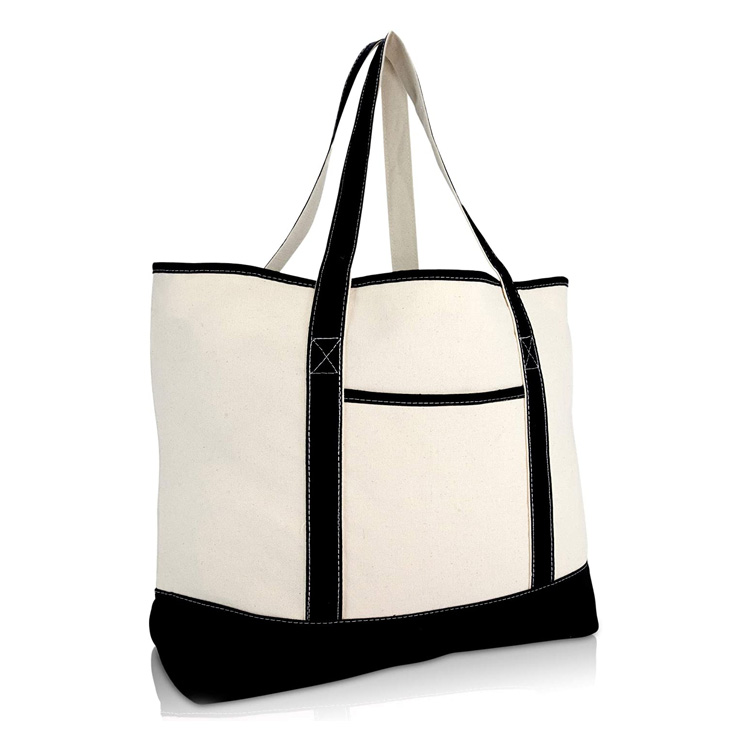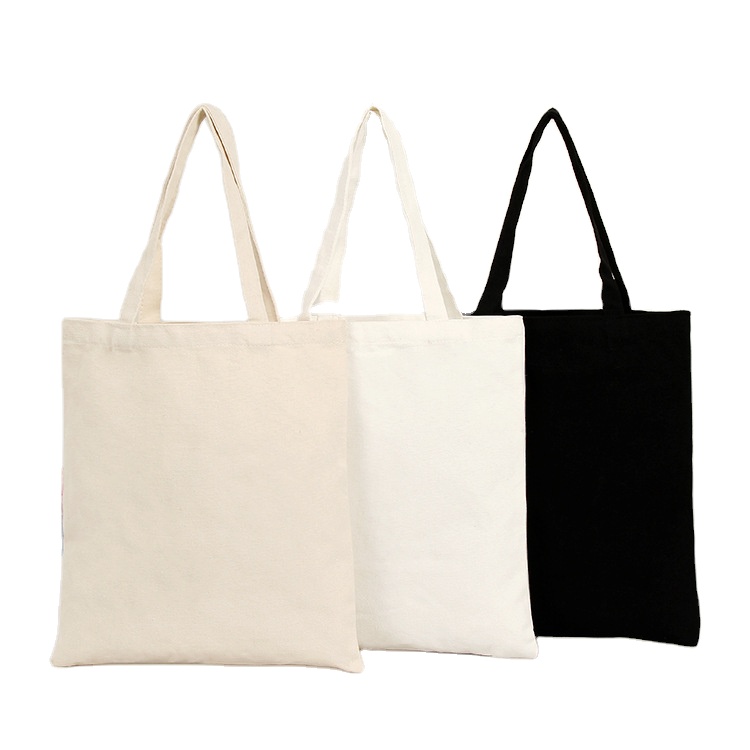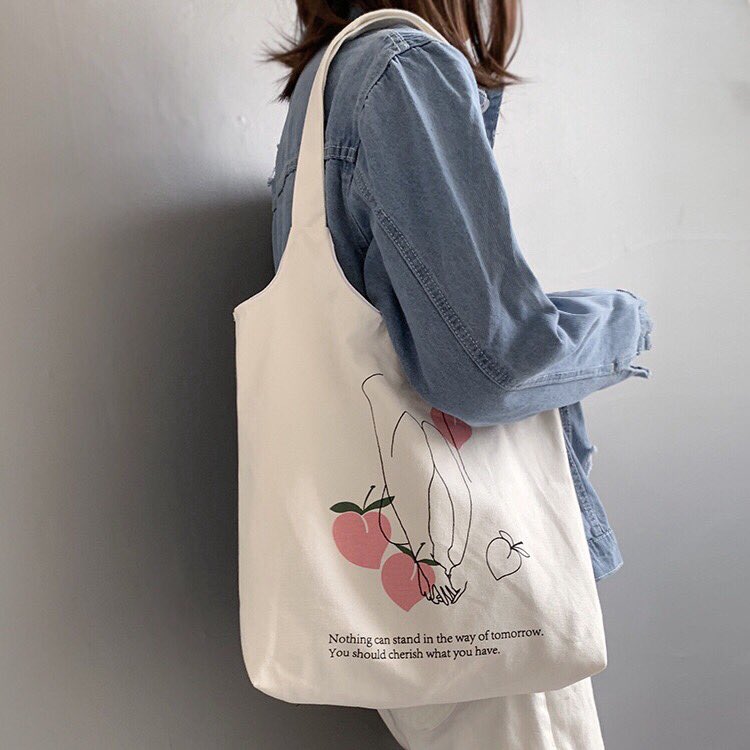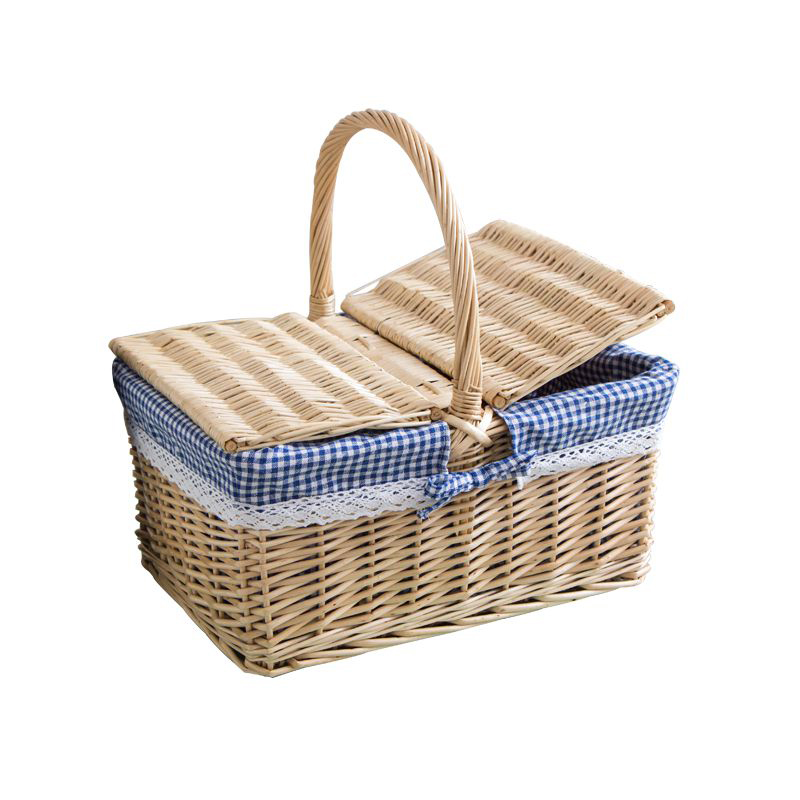You think carrying a cloth bag is eco-friendly? The real eco bag looks like this...
"Environmental protection bag" as a substitute for plastic bags, into thousands of households. Ten years later, it is difficult to generalize the effect of the "plastic limit", and the use of "environmental bags" is indeed more and more widespread. What we carry on the back of the body, the bag bag on the hand, really environmental protection? What exactly is the reuse recycle-reduce of them?

We explored different types of environmental bags and looked at their environmental claims in each link to find the answer.
"Raw materials"
Natural regeneration is harmless
The so-called "environmental protection bag", the first definition of its environmental protection label mainly tends to revolve around two directions: one is how to, two is how to go, both are for the material.

It seems to be the two ends of the road, but the two angles are influencing each other. The "natural" bag degrades in the short term and produces no residual solid waste, so ultimately does not harm the environment.
We are familiar with the "environmental protection cloth bag" is roughly divided into several kinds:
1. Non-woven bag (in the cycle of repeated use and finally recycling can be called environmental protection)
2. Canvas bag, cotton bag (compared with other materials is the most environmentally friendly, no pollution to the environment)
3. Flannelette bag (mostly artificial cotton, cotton polyester, artificial oh! You get the idea.
4. Polyester vest bag (polyester cloth is similar to our common umbrella cloth and clothing lining, this kind of cloth made of environmental protection bag is usually vest type, so it is called vest bag)
5. Other eco-friendly fabrics

▲ The most common canvas bag is a typical natural environmental protection material.
And in the area of sustainability, there's a buzzword that's eco-friendly called "Recycle."
In addition to being recyclable, the material source of many bags is the product of a recycling process, such as old cloth, used car tires, abandoned truck tarpaulin and so on.
Perhaps its original material source was not necessarily natural cloth, but the process of reuse gives these things new recycling value.
Take the cotton cloth for canvas bags for example, there are two kinds of environmentally friendly cotton cloth gradually attracting attention, getting more and more widespread recognition and use.
The first type is organic cotton. Organic cotton uses cotton materials that are very different from non-organic cotton. The all-natural organic cotton that has not been genetically modified is not white, but comes in different colors, such as light camel, light gray, brownish red and khaki. Therefore, organic cotton has the most natural color of cotton, no need for chemical bleaching, no need for artificial dyeing, and will not cause skin allergies. Because no pesticides are used in the growing process, organic cotton does not harm the soil.
The second type is recycled cotton. Cotton is not recycled cotton from old clothes, but cotton fibers lost in the cotton textile process. In traditional cotton weaving, about 40 percent of the cotton fiber is wasted. At present, there are enterprises specializing in the collection of textile waste, using advanced technologies and processes to extract cotton fibers from it.

Click here http://www.spdgroupeco.com/p/CONTACTUS.html





